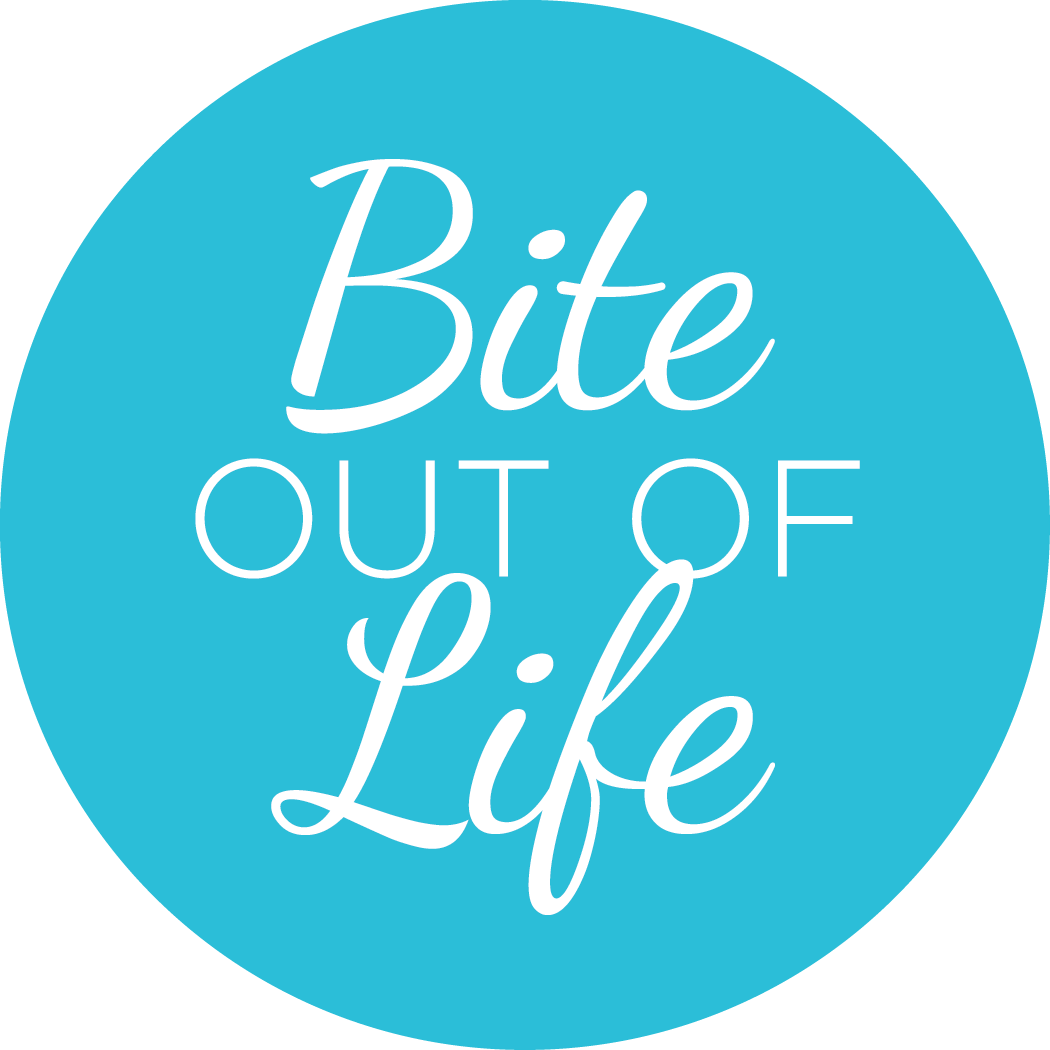
We are seeing record high food prices in most parts of our country these days and while that might challenge our grocery budget, chances are we will still be able to eat well enough to avoid the vast majority of nutrient deficiencies.
I mean, even if we find imported oranges to be out of reach, we’re not likely to slip into Pirates of the Caribbean territory and come down with a case of scurvy, right? (BTW – red bell peppers have ‘way more Vitamin C per serving than citrus fruit, so add those to your grocery list!)
Still, nutrient deficiencies can and do happen even today as we live in the land of plenty. The foods we grow and produce are not the same as those our Grandma grew and produced due to soil depletion, excess processing, water treatment and purity issues and more. It pays to pay attention, so you can sidestep any challenges before they have an impact on your overall health.
Shameless plug here: this is where a consultation with a holistic nutritionist can make all the difference. Even if you are not sick, an assessment and analysis of your daily intake of beneficial nutrients such as vitamins, minerals, beneficial fats, fibre, antioxidants and other biologically active components like phytochemicals, can help you take your nutritional profile from ‘meh’ to ‘fine’ to ‘optimal’. (Pssst – go ahead – reach out. I have a handy-dandy online tool that we can implement, to give you a very quick snapshot that you might find really informative and interesting!)
Anyhoo – overcoming or avoiding nutritional deficiencies is the foundation when it comes to reducing your risk of many chronic diseases. In just one of many examples, it has been documented that consumption of at least five servings per day of vegetables and/or fruits – which are rich in so many nutrients including fibre (and you know how I feel about fibre – yippee!) – is linked to a reduced risk of several cancers and heart disease.
Totally worth it to really scrutinize whether you are building health or building disease by what you’re choosing at the grocery store and putting on your plate everyday, right? And if it’s going to cost you more – don’t you want to make the most of your investment??
How do you know you are deficient?
Nutrient deficiencies can show up in a wide variety of ways that at first you – or your doctor – may not even connect to the symptoms you are experiencing.
Let’s just look at a few of the most common ones I hear from my clients on a regular basis.
Got muscle twitches or leg cramps?
Magnesium is a nutrient that is found in plants (including cacao – helloooooo dark chocolate!), but commonly lacking in our diets due to all of the reasons I cited earlier that contribute to poor bioavailability.
Low intake and blood levels of magnesium are associated with several significant issues including type 2 diabetes, metabolic syndrome, heart disease and osteoporosis. This mineral is involved in the structural development of bone, and plays a role in nerve impulse conduction, maintaining a normal heart rhythm and muscle contraction. Often times, the key sign of a deficiency is restless legs or muscle cramps, fatigue and even migraine headaches.
Options for magnesium-rich foods beyond dark chocolate include: leafy dark green veg like kale, Swiss chard or spinach, nuts and seeds like almonds or pumpkin seeds and black beans.
Hormonal issues causing chaos? Maybe your fats aren’t so good.
Hormonal imbalances are complex, multi-faceted issues, meaning they are caused by a combination of factors such as your diet, medical history, genetics, stress levels and exposure to toxins from your environment. We’re not going to dig into all the details here – although if you scroll through many of my previous blog posts, you’ll see I dissected a lot of imbalances through the series I wrote on the ABC’s of Hormones.
That said, do any of these signs and symptoms – which are common when it comes to hormonal imbalances – sound familiar to you?
- Weight loss, weight gain, or weight loss resistance
- Depression and anxiety
- Fatigue
- Insomnia and poor sleep
- Low libido
- Digestive issues
- Hair loss and hair thinning
- Infertility and irregular periods
There might be other reasons – but why not start with the most obvious – what you are eating, specifically a lack of beneficial fats. Hormones are built on fat, and your body can only use the building blocks you give it to stay healthy.
We have a fear of fat in our society today – it’s ridiculous and not steeped in science. But it remains and we avoid eating good fats to our detriment.
Think wild-caught salmon, hemp seeds, coconut oil, avocados, and a special shout-out for GLA (gamma linoleic acid) found in evening primrose and borage oils. Studies have shown that supplementing with GLA can support healthy progesterone levels which can be particularly helpful for women moving through the transition of peri-menopause and menopause.
How’s your nail health? Here are some signs to watch for.
Having beautiful nails (without the faux tips and dips that are so popular now) is not just a sign of beauty – it’s a sign of good nutritional health.
I like to refer to a quote from a nutrition colleague who always says that, “normal is just a setting on a dryer” when I am looking to categorize what’s normal when it comes to the human body or our actions. LOL! However, in this case, ‘normal’ fingernails should be clear, smooth, pliable and peachy-pink in colour.
Ever noticed white spots on your nails? While this is most often due to mild trauma (like banging your nail against something hard), it can also indicate a zinc deficiency. Zinc is an important mineral in keeping your immune system functioning as well as healthy nails. Pumpkin seeds, cashews and chickpeas are good sources of zinc.
What about horizontal lines or ridges across your nails? I’ve battled these on my thumb nails for years. They are sometimes called Beau’s lines and may also be due to a zinc deficiency. But more likely they could be indicative of low iron or anemia. Nails that are spoon-shaped at the tips may also be associated with iron deficiency.
Iron deficiency is one of the most common nutrient deficiencies affecting more than 25% of people worldwide. Vegetarians and vegans are at particular risk as the most absorbable form of iron, called heme, comes from animal products like red meat, organ meats, shellfish or sardines. Dark green leafy veggies, pumpkin seeds or kidney beans are sources of non-heme iron.
Iron is an essential mineral that is massively important for red blood cell production and to ensure that oxygen can be transported to your cells. Without it, you are running on empty.
Dry, brittle, thin or peeling nails? Could just be dry nails from using harsh polish removers or too much chemical exposure from the endless use of hand sanitizers, but possibly also due to a lack of protein/collagen, a Vitamin D deficiency or deficiency in one or more B vitamins like biotin or folate.
Collagen is a main structure in protein and helps feed our nail beds with arginine, which is an essential amino acid and critical to producing keratin. Chances are if your nails aren’t doing well, neither is your hair or skin, as keratin is a building block in all three of these body parts and needs collagen to remain healthy.
Collagen is most prevalent in animal flesh and bone broth (homemade or commercially produced organic) can be an excellent food source. Some other foods – like legumes or soy – are thought to be able to stimulate our body’s own production of collagen.
Ever noticed the half-moons at the base of your fingernail? Or perhaps you haven’t noticed them because they’re absent altogether. This is usually due to a Vitamin B12 deficiency and may also be associated with anemia.
Our capacity to produce or absorb Vitamin B12 reduces as we age and if we have digestive issues, we are at an even greater disadvantage. Same if we follow a vegetarian or vegan diet, as the most bioavailable sources come from animal products like meats and dairy products. However, many plant milks are now fortified with Vitamin B12 and one delightful and delicious source is nutritional yeast. This tasty nutty product that looks like flaky cheese can be sprinkled on popcorn, pasta, veggies or mixed into mashed potatoes or scrambled tofu to give it flavour and increased nutrition.
I do however, recommend B12 supplements – especially if you do not eat meat or are over the age of 50. The sublingual (dissolves under the tongue) are fast and effective.
So, how do we avoid turning into a pirate – or worse – and ensure that we get all the nutrients we need to optimize our health?
Clearly, these are just a few of the types of nutritional deficiencies that can occur if you are not paying attention.
But here is some food for thought. These are some of the things that contribute to acquiring nutrient deficiencies:
- Lack of nutrient bioavailability
- Poor dietary choices
- Restricted diets
- Food sensitivities & intolerances
- Gastrointestinal disorders
- Poor nutrient absorption (through the small intestine)
- Some medications
- Age
The more you know, the more you can be proactive in taking steps to make smart switches in how you shop and how you eat.
References:
Yes, We Do Have Nutrient Deficiencies! – The Wellness Business Hub
Nutrient Deficiencies – Why Nearly Everyone Has Them – CanPrev
Have Fruits & Vegetables Become Less Nutritious? – Scientific American
Balance Hormones Naturally – Dr Axe
